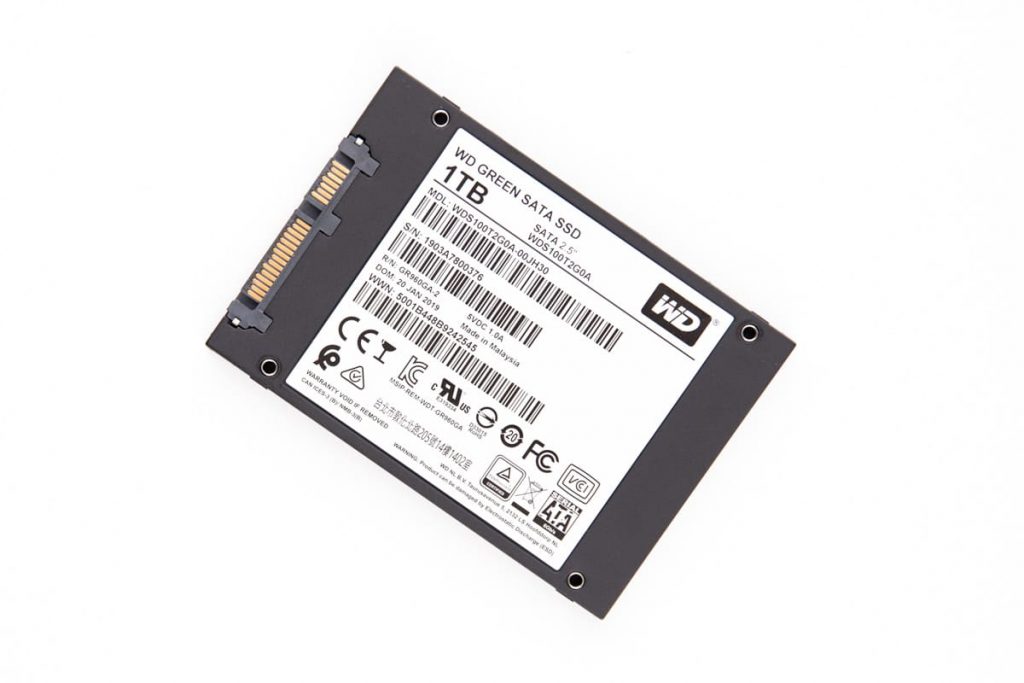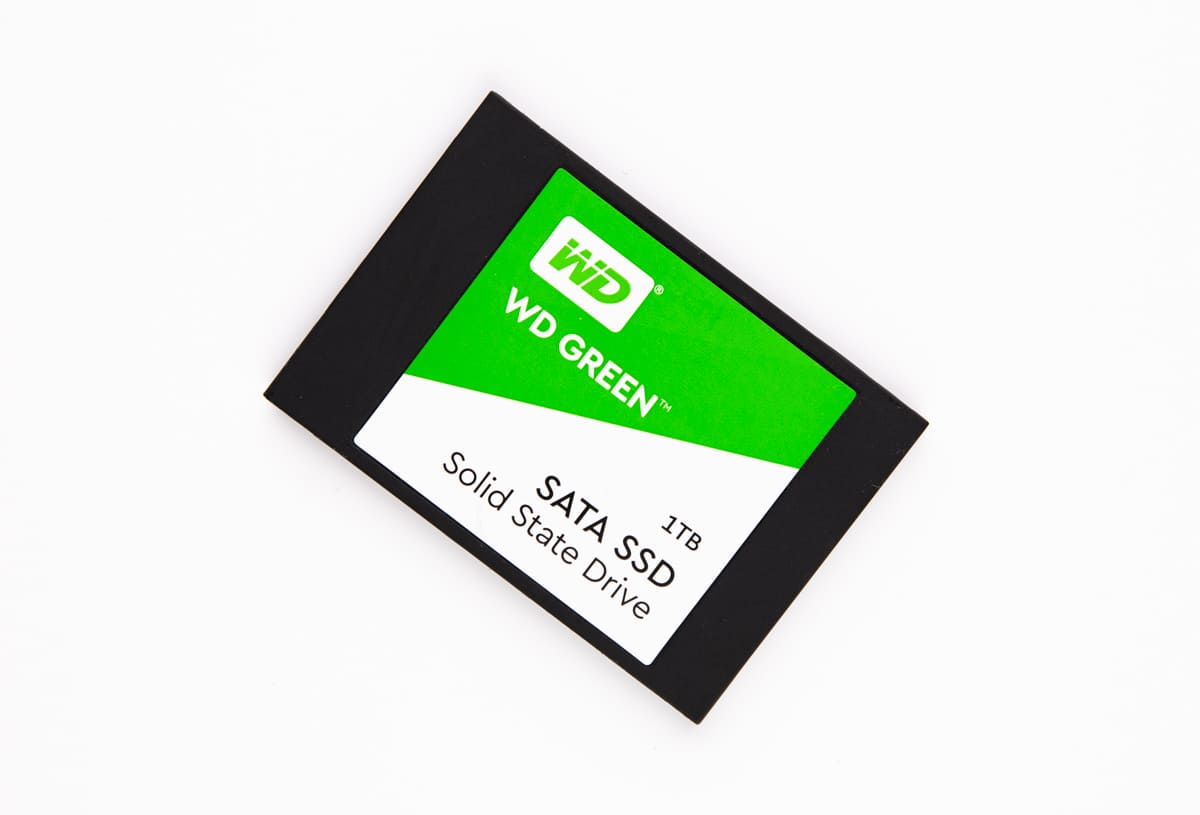A power surge can turn a perfectly functional WD Green SSD into an unresponsive piece of hardware in mere seconds, potentially leading to significant data loss. In many such cases, users find themselves at a loss, unable to access valuable information that was stored on these SSDs.
This article explores an intriguing case of data recovery from a WD Green SSD that suffered damage due to a power surge. We will dive into the techniques and strategies employed in this complex process, offering you a behind-the-scenes look at the intricate world of data recovery.
Western Digital Green Internal Data Failure
This week our data recovery team received a data recovery request for WD Green Internal 1TB SSD. The customer stored their financial reports on their PC, but a power surge damaged it. The operating system did not boot, and he could not access his vital documents.
The customer decided to proceed with the emergency recovery solution. We provide this recovery option for those who need a solution to urgent problems. It takes 8-48 hours to recover all the lost files fully.
Our technicians received the solid-state drive and started evaluation immediately. The engineer connected the drive to a computer using the appropriate adapter. He checked if the drive was detected in the Device Manager, Disk Manager, and in My Computer.
As the failed SSD was not detected, the expert determined it was a hardware malfunction. All hardware malfunctions of flash drives are usually called controller malfunctions due to the same approach to solving them.
The data recovery expert unsealed the media storage in our ISO Certified Class 10 Cleanroom to inspect its components. As expected, the memory controller was damaged. The evaluation was finished, and the engineer started recovering the data.

WD Green SSD Data Recovery
Our data recovery technician had to remove the NAND chips from the drive to analyze their dump for further virtual image building. Before reading memory chips, they had to be removed from the board on which they were installed. For this purpose, soldering stations were used: infrared and hot air.
To ensure fast and efficient heating of the solder, our specialist used an additional bottom heater. Failure to comply with the temperature regime, time, and temperature of heating, could lead to loss of the memory chip or to reading with a large number of uncorrectable bit errors.
Soldering memory chips for their subsequent reading by the hardware programmer was used for flash devices in a non-monolithic discrete design, having separate components in their composition. Our engineer soldered the memory chips in flash drives for their subsequent installation in NAND-memory readers. It was done because a faulty drive can not correctly transfer the information making it impossible to work with it using relevant data recovery tools.
Specialized programmers were used to save the contents of the memory in RAW files – dumps. Each chip had four physical parts connected by the chip enable signal (CE#), and the controller activated all these parts according to a unique algorithm. We have the appropriate adapters in our arsenal for successful dump extraction.
Analyzing Accessed Dumps
The memory dumps read from the client’s chips contain information subjected to several transformations. It was done for several reasons. Firstly, this is due to the architecture of memory chips and their work with their contents. Secondly – to speed up the flash memory, such as RAID.

The Transformations That Were Done
- ECC Correction
- Service Information
- Interleave
- XOR-transform
The final process when recovering data from the drive was to line up the blocks obtained in the previous step by their position in the translation file system.
When working with a virtual image, our specialist successfully controlled the correct addressing of blocks and the integrity of files and directories. Upon successful assembly, he copied the results in the form of files and folders.
Determining the order of blocks in a virtual image was applied using head structures and automatically building a translator using translation tables by indirect markers. A correctly analyzed sequence of markers allowed our engineer to reliably distinguish blocks from the total mass in the sequence in which they were used.
Our technician successfully recovered the solid-state drive and extracted all the requested files. The customer reviewed the files and approved them. We shipped the data back on a new SSD and closed the case. Contact our customer service team at (888) 611-0737, or fill in the request help form to receive help with your particular data loss scenario.
